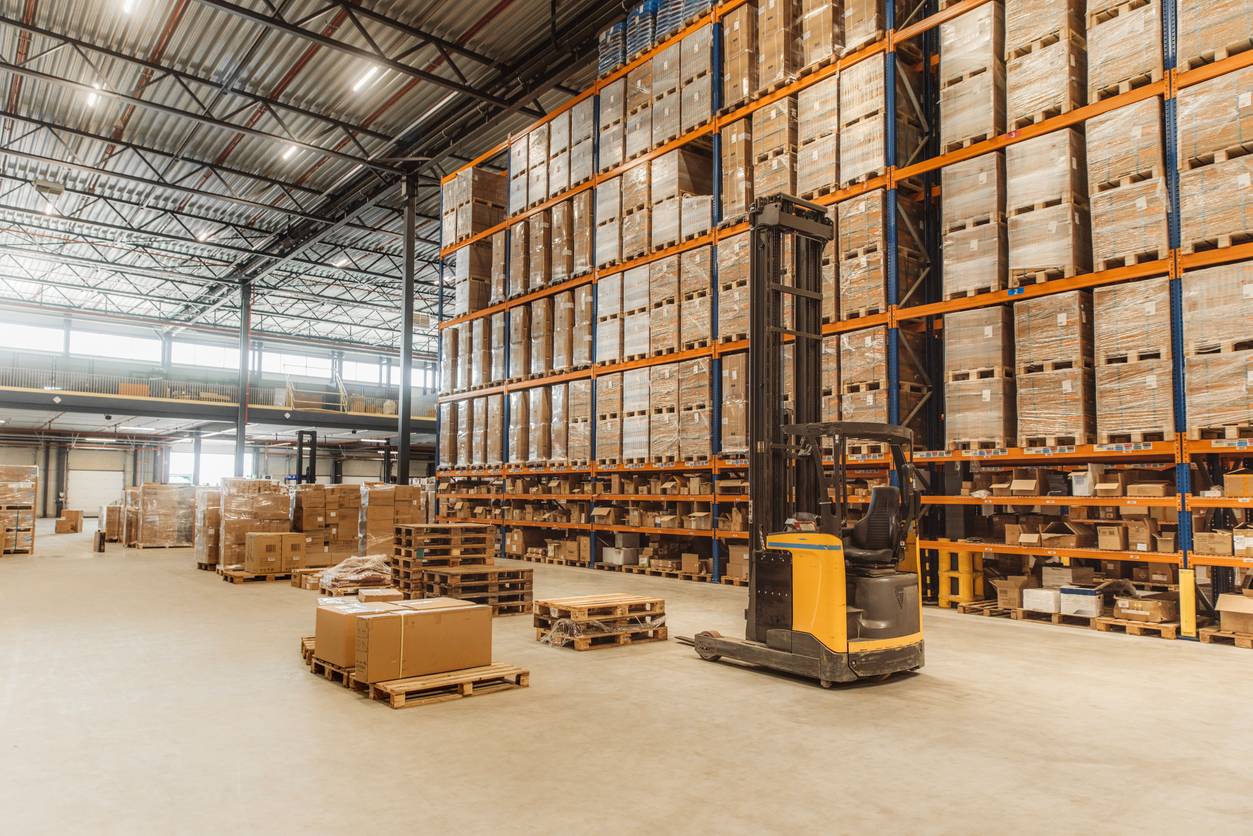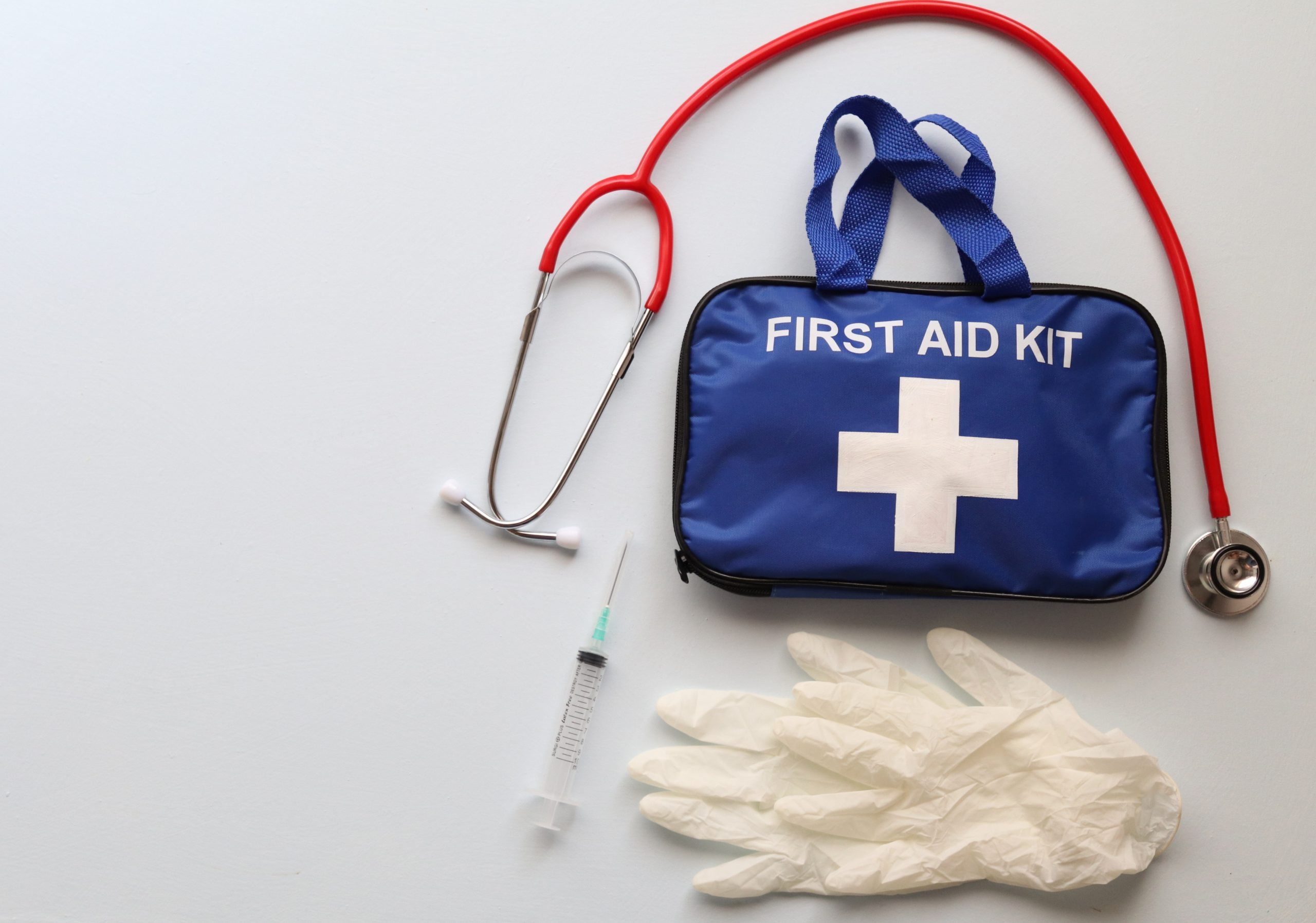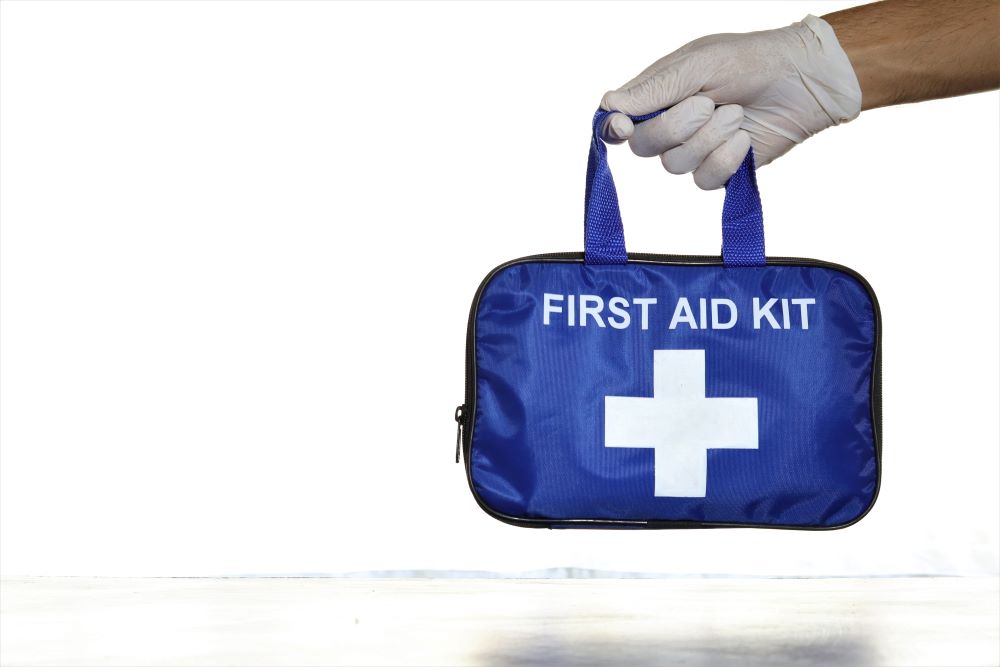What is Workplace First Aid?
Workplace first aid refers to the administration of medical care or assistance to employees within a work environment, whether that’s an office, a kitchen, or a factory. It usually involves attending immediately to minor wounds, burns, or other injuries, but also encompasses mental health support to ensure the safety and well-being of everyone in the workplace.
Why is First Aid Important?
First Aid Saves Lives
Most importantly, first aid training in the workplace is indispensable for protecting the lives of staff, as well as anyone who might interact with the business such as customers and clients. Equipping a team with necessary medical skills allows them to swiftly address emergencies before professional help has the chance to arrive, which has the potential to save lives.
Employee Well-being & Morale
Not only does first aid training keep people safe, but it also fosters a sense of security and trust amongst a team. Prioritising employee safety demonstrates a business’, boosting morale and loyalty within the workforce.
Physical & Mental Health First Aid
In the world of first aid training for businesses, understanding the distinctions and intersections between physical and mental health is crucial for optimising the effectiveness of any workplace first aid process.
The two can be broken down as follows:
- Physical first aid primarily refers to addressing emergencies and immediate medical needs, such as injury.
- Mental health first aid focuses on providing support to employees going through a mental health challenge or crisis.
Both share the common goal of the overall well-being and recovery of each and every staff member, whatever they are facing. By incorporating training of both physical and mental health first aid, businesses can create a comprehensive safety net for their employees, making people feel supported and protected while prioritising their holistic wellness.
Legal Implications & Compliance
Health & Safety at Work Act
Enacted in 1974, this legislation is designed to ensure the health, safety, and welfare of employees within the UK. It sets out certain duties for a team to follow in order to manage and mitigate risks associated with work activities.
The act requires employers to maintain a safe working environment, provide adequate training and equipment, and make sure any safety measures are followed, as well as ensuring employees follow safety procedures and report any hazards. It also empowers regulatory bodies to enforce compliance and prosecute those who fail to meet their responsibilities.
Management of Health & Safety at Work Regulations
Implemented within the UK in 1999, this complements the Health & Safety at Work Act, detailing specific requirements for managing health and safety in the workplace such as mandated risk assessments to identify safety hazards, established control measures, and emergency procedures necessary to protect and save lives.
This legislation means it’s up to the employer to provide comprehensive training initiatives for their employees, as well as appoint certain individuals to oversee safety in the workplace. It also outlines duties regarding health surveillance, consultation with workers, and record-keeping.
RIDDOR (Reporting of Injuries, Diseases, & Dangerous Occurrences Regulations)
This UK legislation, implemented in 2013, requires employers, the self-employed, and people in control of work premises to report specified workplace accidents, occupational diseases, and dangerous incidents to the Health and Safety Executive (HSE), or any other relevant local authority.
RIDDOR helps businesses to identify any trends in accidents or emergencies, which enables employers to implement targeted interventions in order to prevent them from happening again in the future.
Health & Safety (First Aid) Regulations
Established in 1981 in the UK, this outlines requirements regarding first aid provision in the workplace. Employers must conduct risk assessments to determine first aid needs, provide adequate first aid facilities and equipment, and ensure all employees receive proper training. This legislation also specifies the number of trained first aiders required in any given workplace, based on its hazards and size.
Steps for Implementing Effective Workplace First Aid Training
- Conduct Thorough Risk Assessments
Before you can put the necessary strategies in place to properly protect a workplace, you first have to identify any potential hazards and risks that require first aid intervention. - Determine First Aid Needs
Based on your risk assessment, you can then determine the level of first aid provision required, such as number of first raiders needed, type of training required, and any necessary equipment. - Train Employees
Source professional help to provide first aid training to all employees, and determine which you’d like to appoint as your workplace first aiders. This is essential for ensuring your team receives comprehensive training that covers essential first aid skills, mental health care, and how to handle medical emergencies. - Identify First Aiders
This is a key one. First aider responsibilities in the workplace encompass the giving of immediate assistance to anyone who needs it. They must be trained to assess and respond to medical emergencies promptly, as they will need to give the initial care required until professional medical help arrives. This could be anything from CPR, to bandaging wounds, to managing burns. They will also ensure first aid kits and equipment are updated, adequately stocked, and easily accessible, as well as being the ones to document incidents where first aid was administered.There is also the appointed person, who is designated to take charge of first aid arrangements and manage emergency procedures. While they are not trained first raiders, they ensure that first aid equipment is provided, maintained, and easily accessible. They are also responsible for contacting emergency services, and will coordinate with the trained first aiders to ensure people are properly tended to while waiting for professional medical care to arrive.
- Provide Equipment & Facilities
Ensure first aid kits are stocked up and readily available to access if needed, and designate a first aid room or area where care can be properly administered. - Establish Emergency Protocols
Develop clear procedures for responding to emergencies, such as who to contact and how to access medical assistance.
Get Professional Physical & Mental Health First Aid Training Today
At The Health & Safety Dept, we understand the importance of first aid training in the workplace. Being prepared is the key to ensuring safety, protection, and compliance with necessary laws and regulations, which is why our health and safety instructors are all experts with ample experience in the field of first aid.
Our first aid courses and eLearning modules go above and beyond to provide you and your team with everything you need to know to stay safe, and keep on the right side of the law, including accident reporting training, first aid appointed person training, first aid requirements and RIDDOR training, spill kit training, and infection prevention and control training.
Our workplace mental health first aid training also introduces staff to risk factors and warning signs of mental health concerns, helping to build a thorough understanding and awareness of the impact of stress and burnout on individuals and how to address them with proper care. These courses demonstrate how to assess a mental health crisis, select interventions, provide initial help, and connect people to professional, peer, and social support, as well as self-help resources.
If you’d like to hear more about how our expert first aid training can help to keep you and your team safe, don’t hesitate to reach out today and one of our friendly health and safety professionals will be more than happy to assist you.





